As soon as the winter season approaches, the prime concern that you are expected to take care of is understanding when to drip the faucets. When you begin noticing the dropping temperatures, the first thing that would come to your mind would be to ensure that you have dripped the faucets to prevent your pipes from freezing. So, when to drip faucets? We will find out the basics of dripping faucets.
Quick Answer:
When the cold wave begins to hover around 20 degrees Fahrenheit or -6.0 degree Celsius, it is the right time to drip at least one of your faucets. Look specifically to the faucets that are located in attics, garages, basements, or crawl spaces when attempting to drip your faucets.
When to Drip Faucets? {Detailed Explanation}
There are a few specific parameters that you may need to pay special attention to when dripping your faucets. If you notice that the outside temperatures are below 28 degrees F for more than four hours, it is high time you considered dripping the faucets that are located outside. For the faucets that are inside, it may not be needed to drip them. If the temperatures go below 28 degrees and even your power goes off, it is a good idea to drip the faucets to a slow drip.
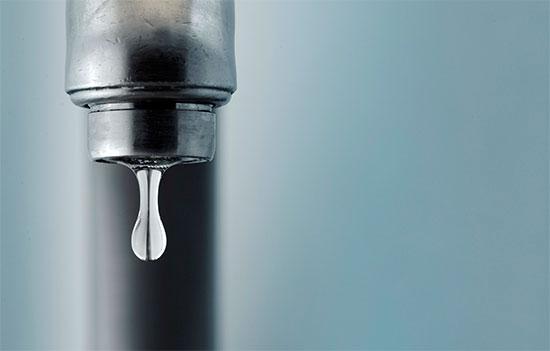
Make sure that you are dripping the faucets for around 5 drops a minute. Anything more than that may not be needed. You do not need to run the faucets continuously, either. If you have the heat on, there is no need to drip your faucets. The heat will keep the water warm.
What Is The Most Common Faucet Dripping Mistake?
One of the mistakes is not knowing when to drip your faucets. The next problem can be that you may need to remember that you have to drip both hot and cold faucets. Failing to do that will leave your faucets completely unprotected.
Another mistake can be failing to understand which faucet to drip. Ideally, it should be the faucets that are far away from the source of your water. Let the toilets on the outside wall be flushed quite frequently.
I used to have serious concerns with the faucets freezing during the winters and this resulted in the damage to the internal plumbing system as well. I was furious with the unwanted expenditures and was looking for the right fixes. Then, someone guided me to the concept of faucet dripping and that is exactly what fixed the issue for me.
How Many Faucets Need to Drip?
There is no specific way that would decide how many faucets you need to drip to prevent the pipes from bursting. If you choose the right one, even one single faucet can be the saving grace and can help you fix the freezing problems.
The faucet that you would drip should be farthest from your water source. This will ensure that the water will keep flowing through the entire length of the system. If you are still determining the source of water, you can set any faucet all across the line to drip.
Many of us believe that drip prevents the water from freezing because it keeps moving. It isn’t the case; even the flowing water has its own freezing behaviour, but what prevents the pipes from bursting is the reduction in the pressure build-up that can occur inside the pipe due to the consistent drip.
Ways Other Than Dripping to Keep Pipes From Freezing
While dripping the faucet can be an excellent means to keep your pipes from freezing, there are a few other options and tips that can be helpful in preventing your pipes from freezing.
A few other options that you can put to use to prevent the pipe from freezing and bursting can include:
- Drain the water from the swimming pool and water sprinkler lines.
- Do not put antifreeze in these lines
- Remove, drain, and store the hose pipes that are used outdoors.
- Open the outside hose bibs to let the water drain off
- Keep the outside valve open so that the pipe will not break
- Include insulation for attics, basements, and crawl spaces. This will help maintain the high temperature in these locations, thereby reducing the possibility of pipe bursts due to freezing
- Check if you have the water supply lines in the unheated areas.
- Check if you can relocate the exposed pipes so that they can be protected from freezing.
What Do I Do If My Pipes Are Frozen?
When you turn on your faucet and find no water coming out, your pipe is frozen in all probability. If you find that happening to you, the best thing that you can do is to let your faucet open and try applying a few fixes. If you have an old installation, there is a possibility of more pipes getting frozen. This is because of the improper insulation done during the good old days. The pipes may have been laid where they should not.
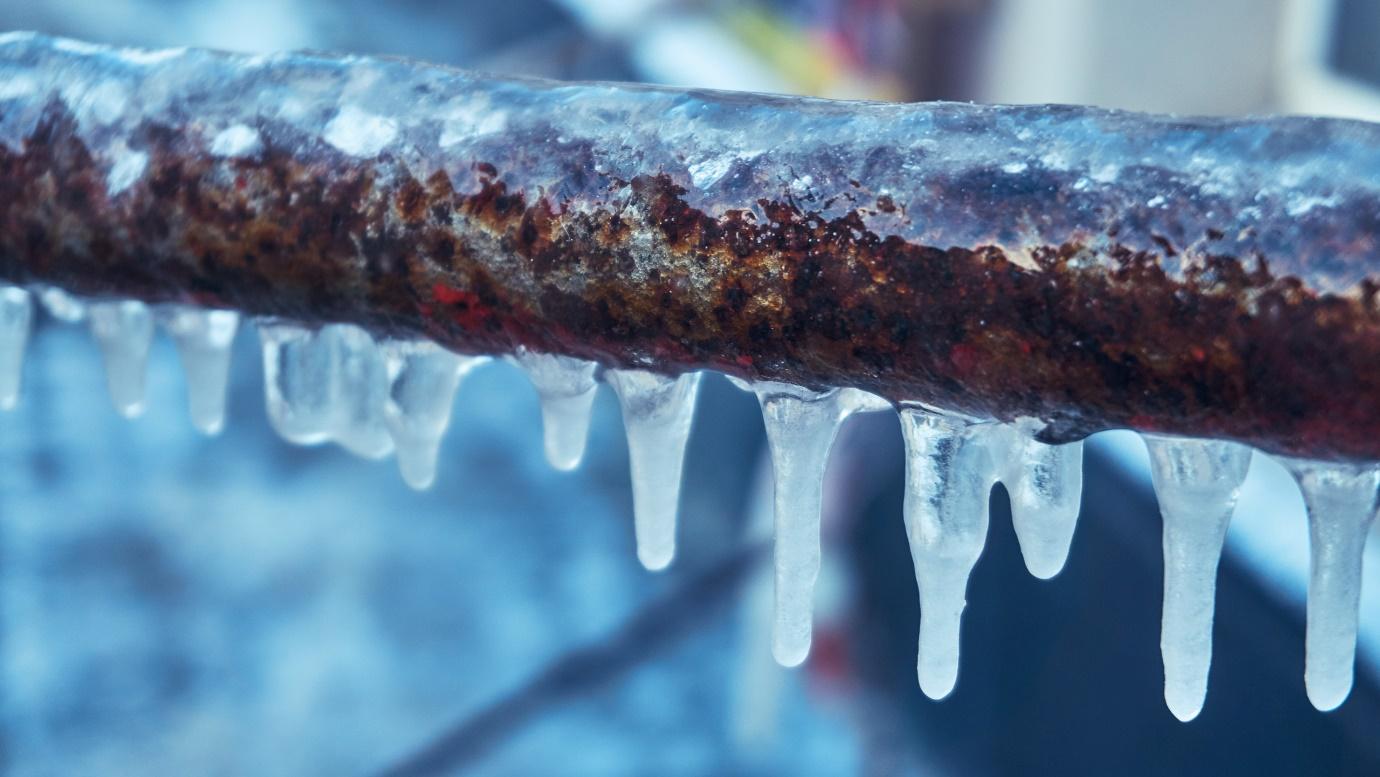
There are several fixes that you can try out to fix the frozen pipes:
- Leave the faucet open and look out for the flow of water. The flow of the water can be helpful in melting the ice.
- Use a hair dryer to warm up the pipe. This can be a very easy and simple option to try out.
- You may also use a heating pad or a heating lamp. The space heater is yet another great choice that you can try out.
If the parts of the frozen pipe are not accessible, you can consult an authorized plumber for assistance. Make sure that you are not using any blowtorch, kerosene, or propane heater.
The Parting Thoughts
Dripping the faucets is one of the best and most practical weather precautions that you can opt for. It can be helpful in avoiding any of the plumbing problems from affecting your installations. Apart from dripping, you can also consider insulting the interior and exterior parts of the plumbing to ensure that there are no bad effects of the bad weather affecting you in any way.
The tips outlined in the above discussion should be helpful in letting you take an absolute care of your plumbing and prevent it from freezing.

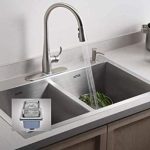
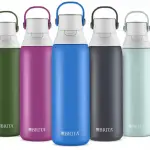
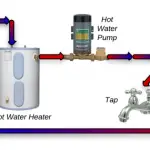
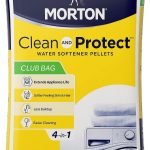
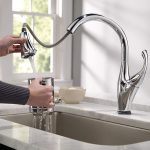





Add Comment